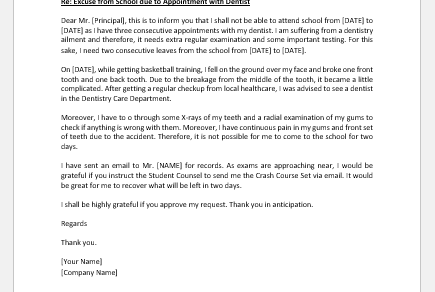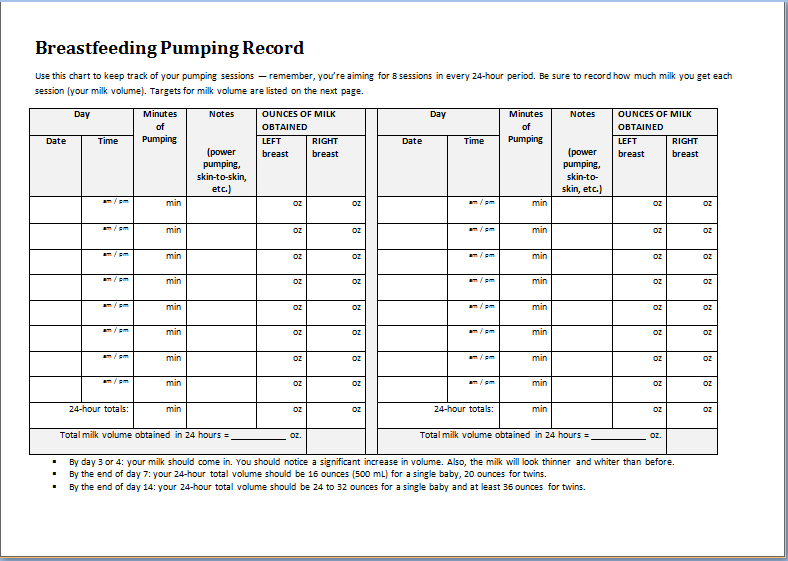Outpatient is one of the most important departments of any healthcare facility. We are all familiar with the fact that the outpatient department has the most patient load in any hospital, and it is the outpatient department from which the rest of the patient load is managed and filtered to other departments. Moreover, every basic procedure begins here, and a lot of documentation is also required to carry out smooth procedures everywhere.
What is an outpatient encounter form?
An outpatient encounter form might be one of the most frequently used forms in the outpatient department. This is a form that is used for billing purposes. It is also sometimes termed a “super bill” because it includes all the details of the procedures that were performed on a patient during his outpatient visit.
The outpatient encounter form is always filled out most efficiently to make sure that the patient is paying the accurate bill and no added or unnecessary billing is included to increase the burden on his shoulders.
The outpatient encounter form includes all the daycare procedures, including daycare surgeries, which are sometimes called outpatient surgeries. Similarly, all the examination procedures or surgical procedures held for outpatient patients are also included in this form. All the billing is, therefore, part of the outpatient encounter form.
What are the components of an outpatient encounter form?
- An outpatient encounter form consists of three or four components that need to be filled out so that the main and necessary information is recorded there and then.
- The first component of the outpatient encounter form is the basic information of the patient, like name, age, sex, and date of birth. The patient’s address and contact number are also important for prompt communication and follow-up on both sides.
- A patient’s identity number is always assigned in a well-organized hospital, and this number is always used in almost all the medical forms when the patient enters the hospital.
- In the initial section of the encounter form, emergency contact numbers are also noted down with their names and complete addresses.
- Some hospitals also enter the details of the health insurance of the patient in the initial section as well.
- The second section consists of a record of the patient’s visits to the hospital. The total number of visits is mentioned in the initial section of the form. Some forms also require the details of the visit, depending on the service line of the patient.
- Another section of the outpatient encounter form for the patient consists of the coding of the procedures and the diagnosis. The procedures to be performed on the patient are coded, and whatever procedure is performed is mentioned by mentioning the code of the patient.
- Any material used in the procedure is also mentioned with its code, which enables maximum information with minimum written work.
- Another portion of the patient encounter form also includes the general physical parameters of the patient, which are noted at the time of the first visit.
- Mental Health Evaluation Forms
- Forms Used by Pediatricians
- Various Forms Related to Pregnancy Verification
- Common Forms Used by ENT Specialists
- Patient Registration Confirmation Messages
- Quotation Letter for Medical Services
- Mental Health Letter by Doctor
- Excuse Letter for Absence due to Medical Checkup
- Response Letter to Feedback on Improvement in Hospital
- Letter to a Mother Who Miscarried
- Patient Feedback Letter Complaining on Issues or Incidents
- Letter to Family about Miscarriage
- Patient Constructive Feedback Letter for Quality Care Improvement
- Registered Nurse Designation Letter
- Patient Feedback Letters



